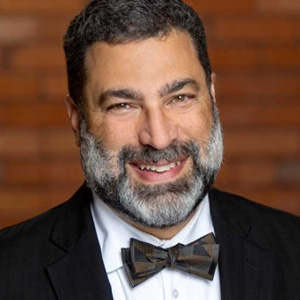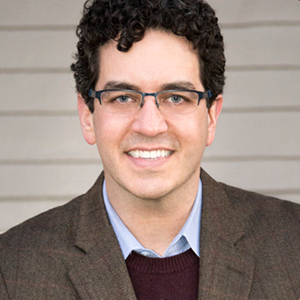Fewer Traditional Infrastructure Funders


Download and read the full report, featuring all 11 trends, here.
 Elizabeth Boris (2009), former director of the Urban Institute Center on Nonprofits & Philanthropy, said that we should think of infrastructure as a network that “connects civil-society organizations through its hubs, which create opportunities for peer-to-peer learning and shared experiences as well as for improving practices, conducting and using research, and developing ethical standards” rather than just the collection of organizations needed to support the philanthropic ecosystem (p. 7). Many might describe the constellation of trade organizations, affiliation groups, and learning circles the field’s “infrastructure” and perhaps that description fits what infrastructure was, but it falls well short of today’s reality.
Elizabeth Boris (2009), former director of the Urban Institute Center on Nonprofits & Philanthropy, said that we should think of infrastructure as a network that “connects civil-society organizations through its hubs, which create opportunities for peer-to-peer learning and shared experiences as well as for improving practices, conducting and using research, and developing ethical standards” rather than just the collection of organizations needed to support the philanthropic ecosystem (p. 7). Many might describe the constellation of trade organizations, affiliation groups, and learning circles the field’s “infrastructure” and perhaps that description fits what infrastructure was, but it falls well short of today’s reality.
Today’s philanthropic infrastructure has the great burden of ensuring that the sector has all the items listed above in addition to opportunities to develop supportive public policy, a strong sense of the sector’s role in society, better use of data and digital tools in an evolving field, and a crystal clear series of messages and brands that convey the very need for philanthropy. This is critically needed today because the philanthropic sector (nonprofits and funders) is being challenged to justify its existence in ways not seen since the last great policy reforms enacted in 1969. At the same time, long-time infrastructure funders have shifted their priorities, and dollars, toward new ways of advancing social change that are challenging traditional infrastructure organizations to adapt or shrink.
The infrastructure of tomorrow needs to align with these changing dynamics. It will no longer be enough to just network, develop standards, and collaborate. Future infrastructure needs to advance innovation, increase the effectiveness of the sector’s voice, and continually demonstrate value to community.


Boris, E. T., Renz, D., Cohen, R, Light, P. (May 7, 2009). The Nonprofit Quarterly Study on Nonprofit and Philanthropic Infrastructure. https://nonprofitquarterly.org/2009/05/07/the-nonprofit-quarterlys-study-on-nonprofit-andphilanthropic-infrastructure